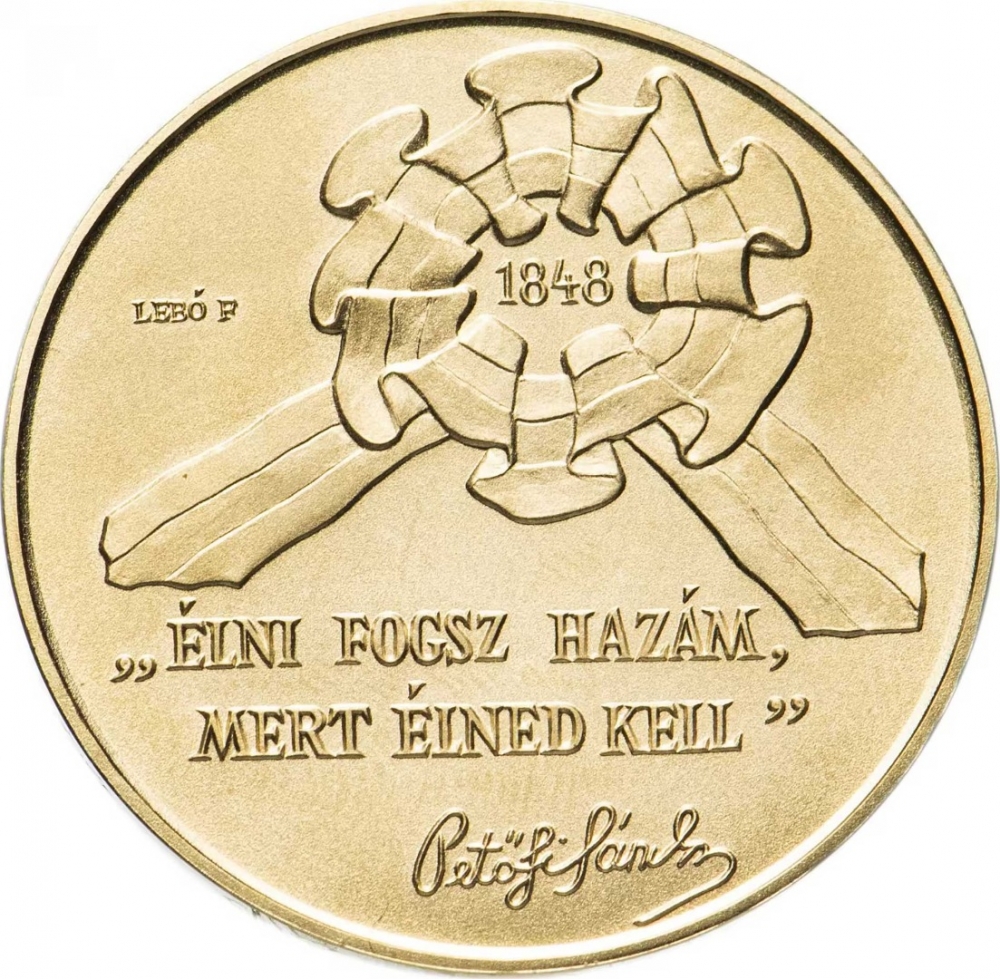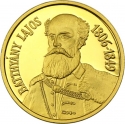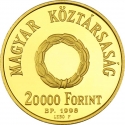You are about to finish your registration. Please check your mailbox (including spam folder). There should be a letter with a confirmation link. Check setting to make sure that your e-mail address is correct.
Send letter againDescription
The Hungarian Revolution of 1848, also referred to as the Hungarian Revolution and War of Independence of 1848–1849, was a pivotal event closely tied to the broader European Revolutions of 1848, particularly in the Habsburg regions. Despite its ultimate failure, it remains a defining moment in Hungary's modern history, shaping the nation's identity. The outbreak of the revolution on March 15th is celebrated as one of Hungary's three national holidays. In April 1848, Hungary enacted a democratic parliamentary election law, becoming the third country in Continental Europe to do so. This law transformed the feudal parliament into a representative body, granting extensive voting rights. However, tensions escalated when Austrian monarch Franz Joseph I revoked these laws arbitrarily, leading to conflict with the Hungarian parliament. The subsequent military intervention and defeat of Hungarian forces by a joint Russo-Austrian army restored Habsburg power and placed Hungary under martial law, marking a significant setback for Hungarian aspirations of independence.
Engraver: Ferenc Lebó
Obverse

|
Depicts the cockade adorned with ribbons in the colors of the national flag, symbolizing the 1848-1849 revolution, with the year "1848" inscribed. Positioned in the lower third is an excerpt from Sándor Petőfi's poem "The God of the Hungarians," stating "YOU WILL LIVE, MY HOMELAND, FOR YOU MUST LIVE," accompanied by Petőfi's signature. On the left side of the cockade, the engraver's name is located. LEBO F |
|---|---|
Reverse

|
Depicts the temporary II class of the Hungarian Military Merit Order of 1848-49, featuring a laurel wreath with a double cross and ribbon at its center. Positioned above is the country name (Hungarian Republic), arranged in a semicircular shape. In the lower third, consecutive rows present the denomination, mint mark, year of issue, and the engraver's name. MAGYAR KÖZTÁRSASÁG |
| Edge |





